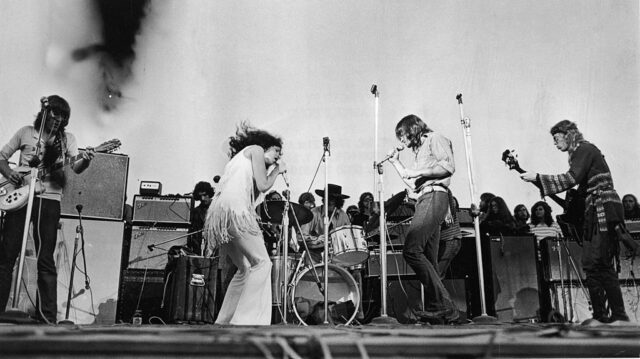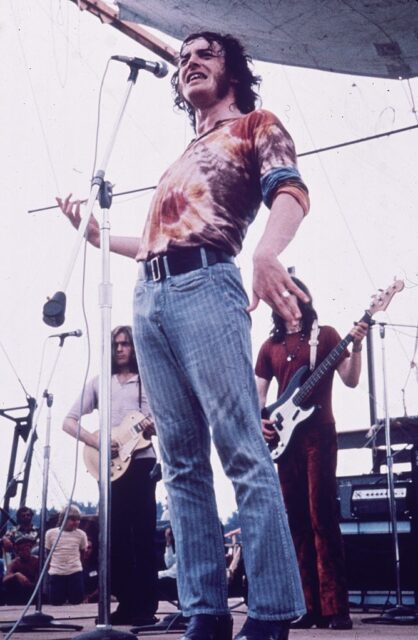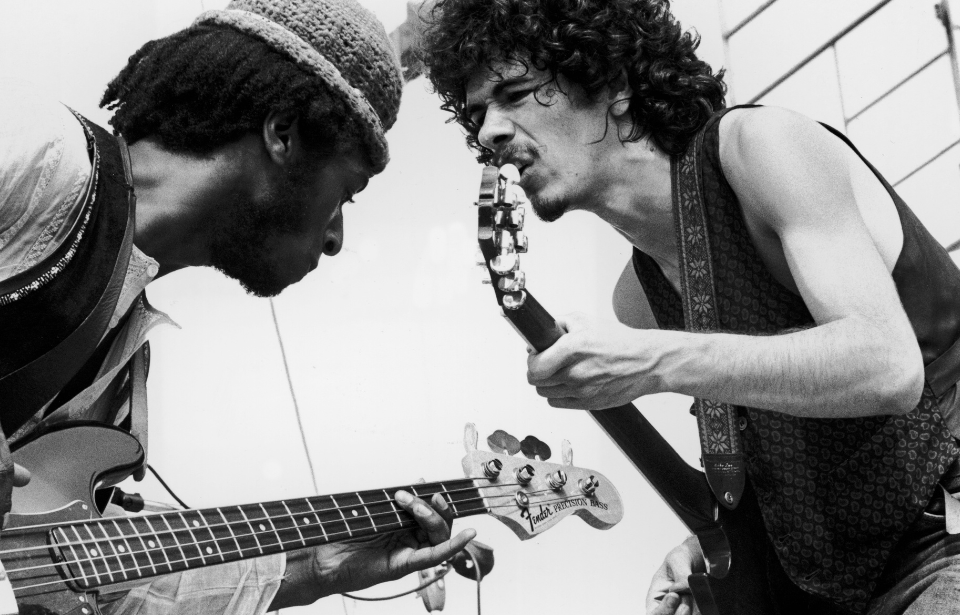Woodstock has gone down in history as one of the most epic, and chaotic, music festivals ever. Over 400,000 people attended the 1969 event, packed onto a dairy farm that wasn’t equipped to handle a crowd anywhere near that size. Despite massive problems with sanitation, lack of food, and even a few deaths, it was a hit thanks to the legendary musicians. Have you ever wondered what they were paid for their sets? You might be surprised what some of the bands earned.
An expensive event
Ideally, concert organizers make back the money they spend on the venue and bands by charging for tickets. This was not the case with Woodstock. The organizers tried their best, charging $18 for a single ticket to attend the three-day festival. While many people paid this, there were large numbers who didn’t, mainly because the concert area hadn’t been fenced off properly. Fans were able to more or less walk right into the concerts without paying a penny.

To make matters worse, it’s reported that many of the musicians requested payment upfront, often twice as much as they would for other concerts. When everyone had packed up and left at the end of the crazy weekend, the organizers realized that they were $1.3 million in debt -a staggering $9 million when adjusted for inflation. Fortunately, they made this money back in the following years thanks to album sales, although they never really turned a profit.
Highest paid
The organizers wanted their event to be a huge success, so they decided to pay top money for some of the bands. The biggest name was headliner Jimi Hendrix. He was paid $18,000, equal to roughly $125,000 today. Second was the band Blood, Sweat & Tears, who were paid $15,000, around $105,000 today. At $10,000 each, or about $70,000 today, Joan Baez and Creedence Clearwater Revival were paid the next highest amounts.

The rest of the bands were given relatively little, especially considering how popular some of them went on to be. Janis Joplin and Jefferson Airplane were both given $7,500, while The Who were only paid $6,250. Even Crosby, Stills, Nash & Young, who featured the legendary Neil Young, were hired for only $5,000. Once the big names were booked, the organizers had to fill up the rest of the lineup with acts that weren’t so expensive.
Lowest paid
John Sebastian, Sweetwater, Mountain, Tim Hardin, Melanie, Sha Na Na, Keef Hartley Band, and Quill were each paid less than $2,000. There were two among these that stood out from the rest for how incredible their sets were, despite how little they were paid: Santana and Joe Cocker. Cocker traveled from the UK for the event, earning praise for bringing down the house with his version of “With a Little Help From My Friends” by the Beatles.

Undoubtedly the most iconic of these ‘lesser’ bands was Santana. Although they grew to be extremely popular, they weren’t well known at the time. What helped change this was that Carlos Santana did the entire performance on mescaline, putting on a captivating show that far surpassed expectations for a $750 band.
More from us: Jimi Hendrix’s Haunting Last Words Were Recorded on His Manager’s Answering Machine
Even accounting for inflation, they would only have been paid roughly $5,200. That’s quite a bargain for a musician who’s now earned 10 Grammy Awards, three Latin Grammy Awards, and been listed as one of Rolling Stone magazine’s choices for greatest guitarists of all time.
